Description
Math Art: Truth, Beauty, and Equations is a fascinating concept that blends mathematical concepts with visual expression. This genre of art emerges from the elegant and complex structures found in mathematics, transforming abstract numbers, shapes, and formulas into visually captivating works. It is a testament to the fact that mathematics is not only a tool for understanding the universe but also a source of beauty and creativity.
### Key Aspects of Math Art:
1. **Equations as Art**:
– Famous equations like Euler’s identity \( e^{i\pi} + 1 = 0 \) or the Mandelbrot set are often used to generate stunning visual images.
– These equations represent deep truths in mathematics but also yield aesthetically pleasing patterns when plotted or rendered.
2. **Fractals and Geometry**:
– Fractals like the Mandelbrot set or Julia sets exhibit self-similarity and intricate detail, making them a favorite for creating mathematical art.
– Geometrical shapes like spirals, polyhedra, and tessellations also play a central role in math art. These shapes, often derived from algebraic equations or geometric transformations, create repeating patterns that are visually engaging.
3. **Symmetry**:
– Symmetry in mathematics often leads to symmetry in art. Concepts like rotational symmetry, reflectional symmetry, and translational symmetry can be visually represented in artwork.
– Examples include tiling patterns, Platonic solids, and the Penrose tiling that follows mathematical rules but looks aesthetically pleasing.
4. **Mathematical Software for Art**:
– Tools like **MATLAB**, **Wolfram Mathematica**, and **Python** (using libraries like Matplotlib, NumPy, and Plotly) allow artists to visualize equations and create intricate designs.
– **Fractal-generating software** also enables the creation of highly detailed, infinite shapes.
### Famous Examples in Math Art:
1. **Mandelbrot Set**:
– This set is a visual representation of complex numbers and is famous for its fractal structure. It has infinite detail and produces a mesmerizing, repeating pattern that has become a symbol of mathematical beauty.
2. **Golden Spiral**:
– Derived from the Fibonacci sequence, the golden spiral is a logarithmic spiral that appears in nature, such as in galaxies, hurricanes, and shells. It has been used in art and architecture for centuries to create visually balanced designs.
3. **Euler’s Identity**:
– Considered one of the most beautiful equations in mathematics, Euler’s identity connects five fundamental mathematical constants: \( e \), \( i \), \( \pi \), 1, and 0. Its simplicity and harmony are often used as a symbol of mathematical elegance.
4. **Penrose Tiling**:
– The Penrose tiling is an example of a non-periodic tiling pattern that can tile a plane without repeating. It showcases mathematical ingenuity and has inspired countless artistic designs, from ceramics to modern art.
### Art Galleries and Exhibitions:
Some museums and galleries have embraced the fusion of mathematics and art, hosting exhibitions that showcase the beauty of mathematical patterns and equations. These exhibitions often feature works that visually explore symmetry, fractals, and geometrical constructs.
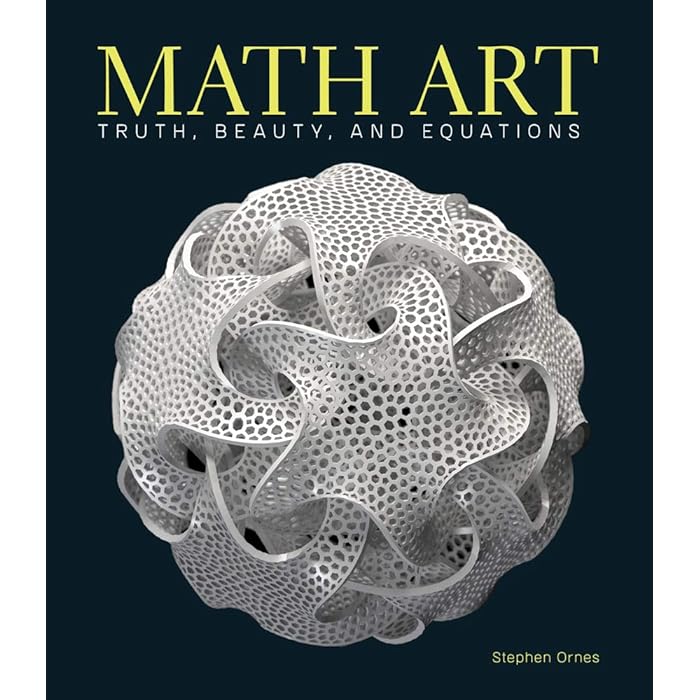
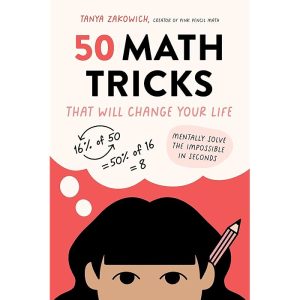
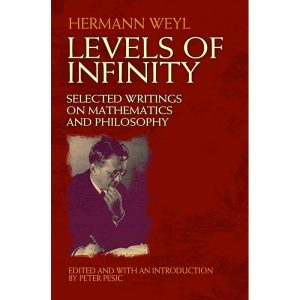
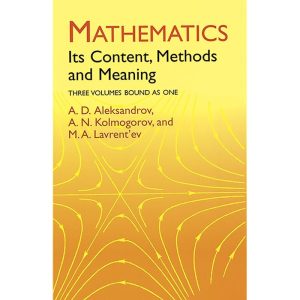
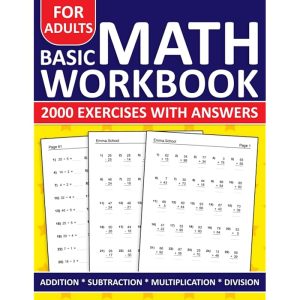

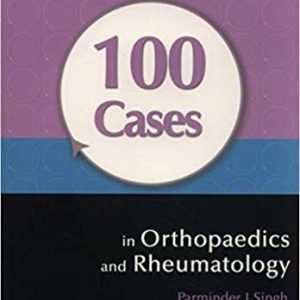



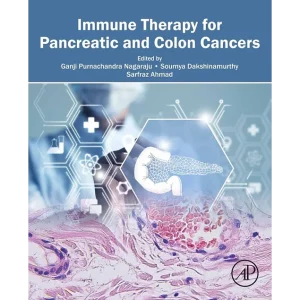


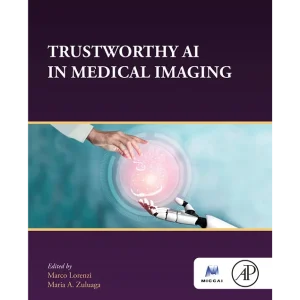


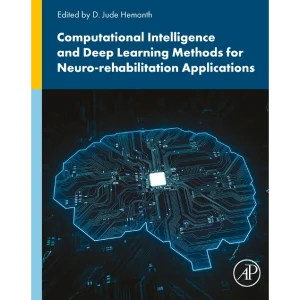
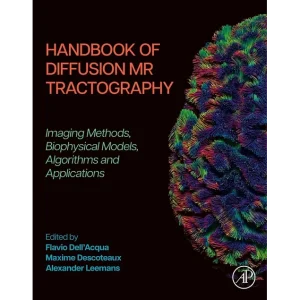

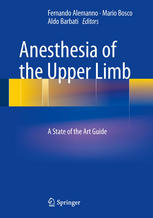


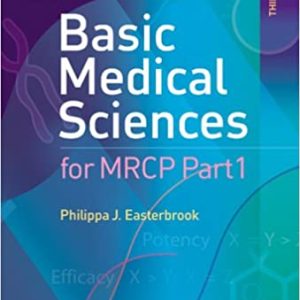



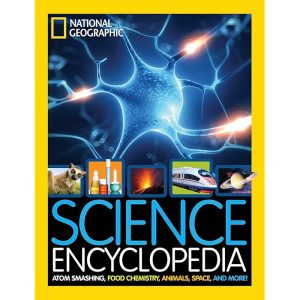
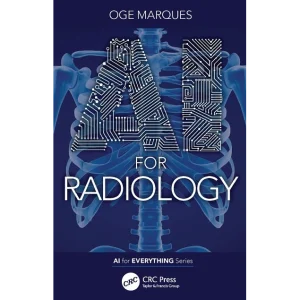
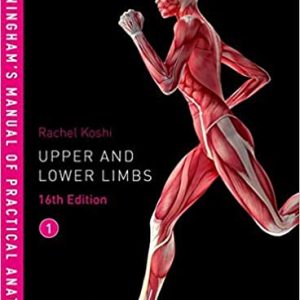
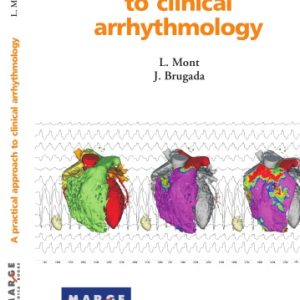
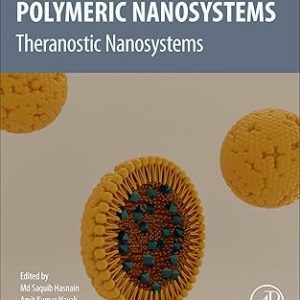

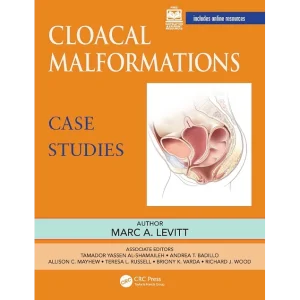

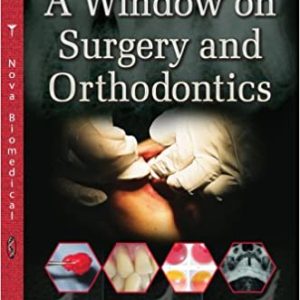












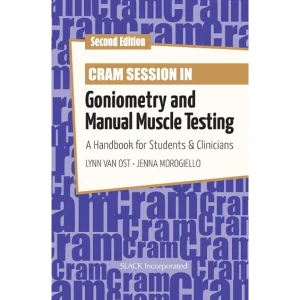


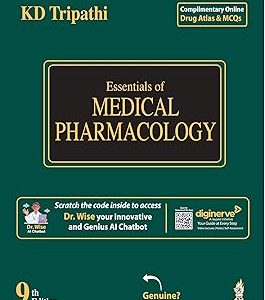
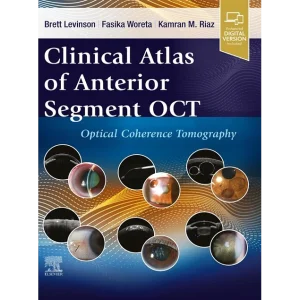


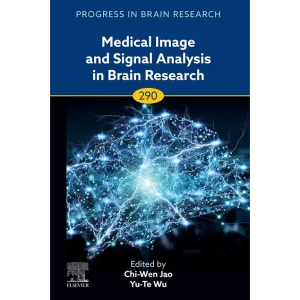
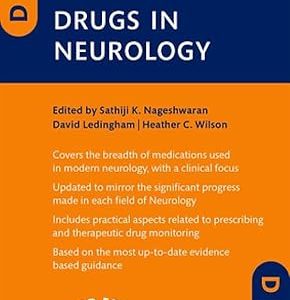



Reviews
There are no reviews yet.